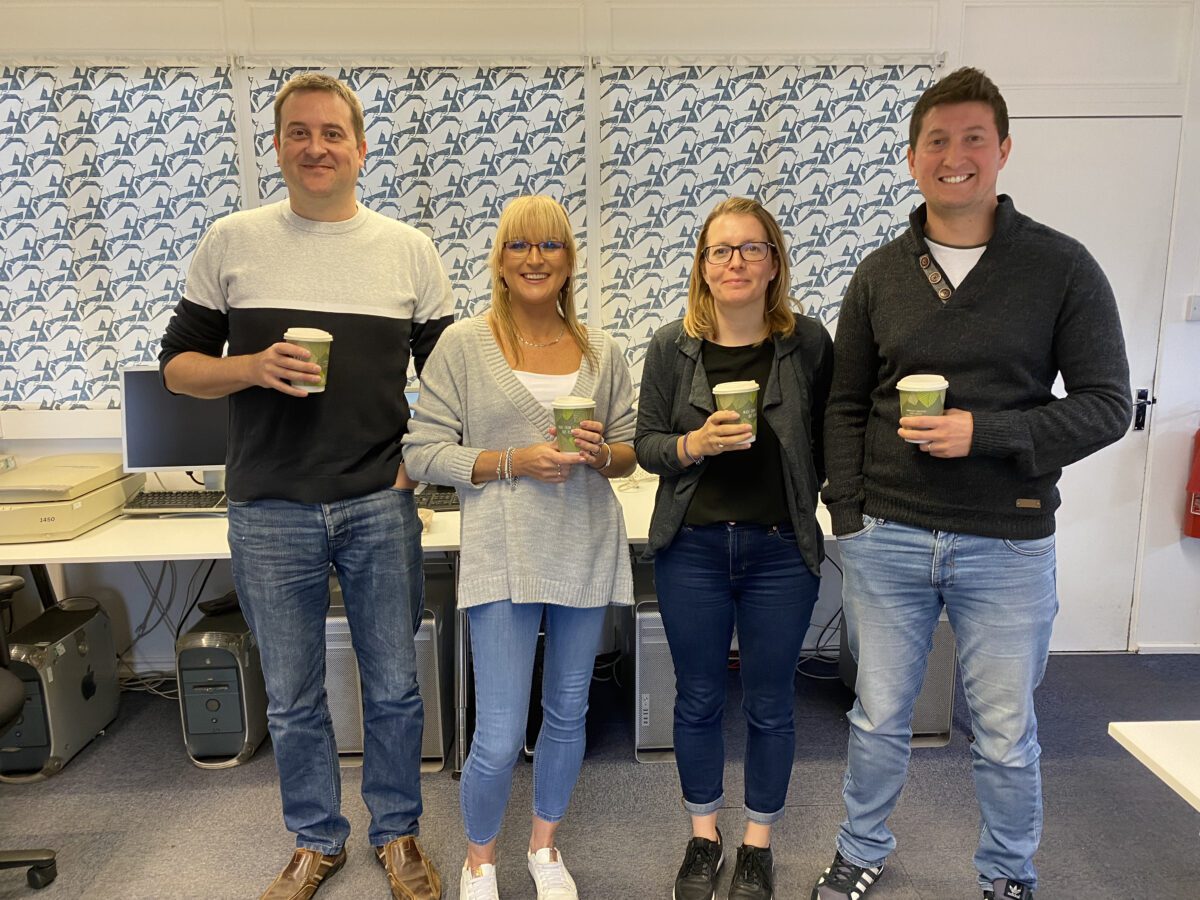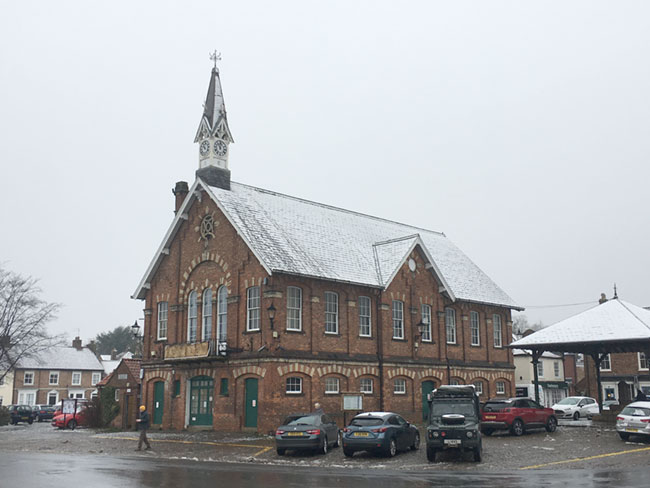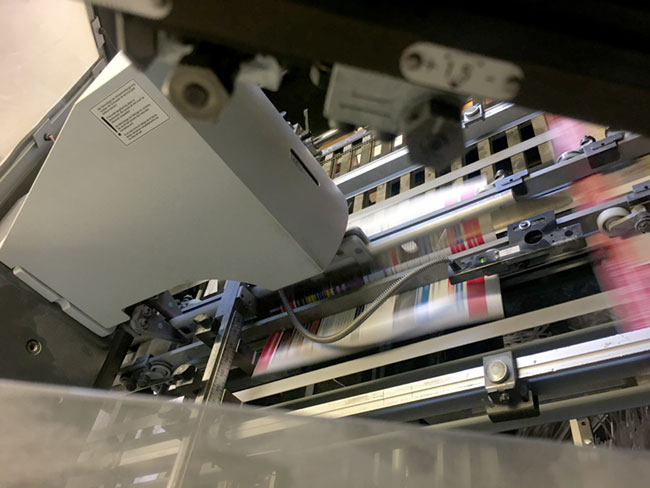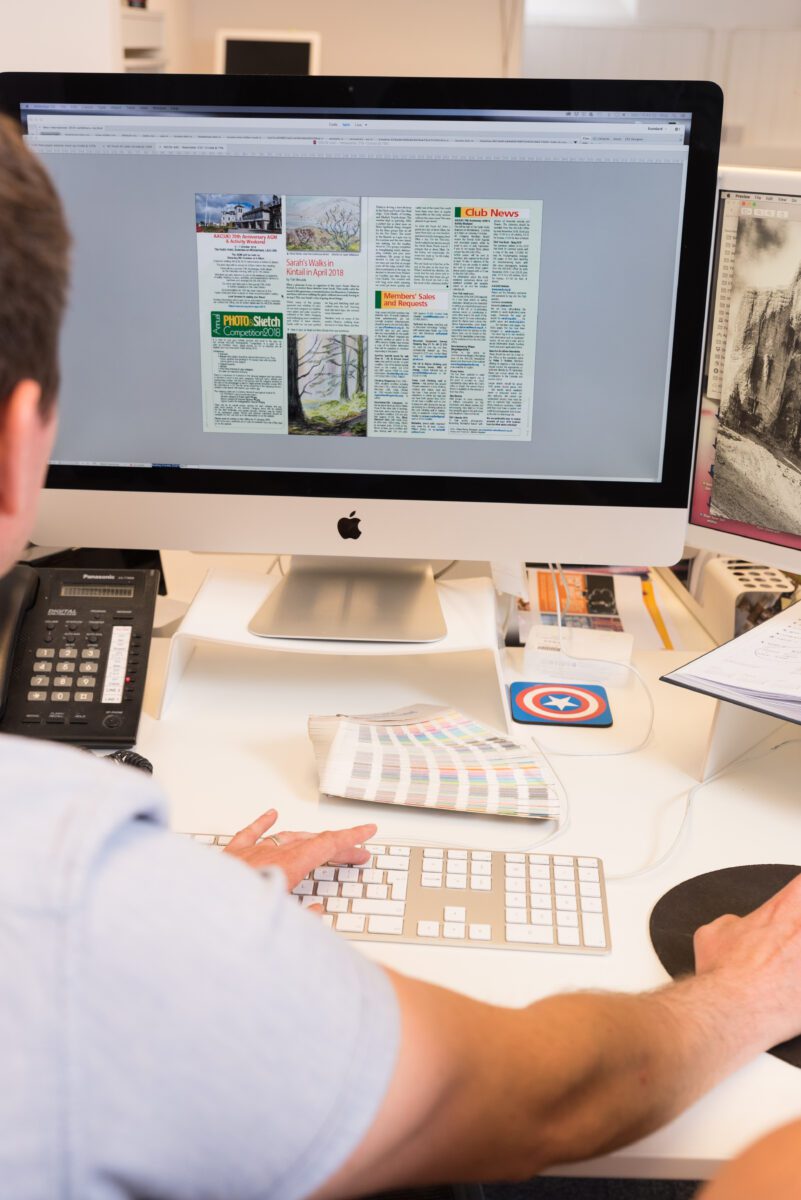G H Smith & Son started in September 1866 in the market town of Easingwold, North Yorkshire. The business was started by Leonard Smith and his brother George Hudson Smith and was originally called L & G H Smith, Printers. They had bought associated print machinery from John and Joseph Smith, also of Easingwold.

George managed to combine this interest with his other responsibilities as postmaster, ropemaker, and the innkeeper of the Fleece Inn on Long Street, Easingwold. In 1870, George transferred the Post Office to Easingwold Market Place – where the now closed HSBC Bank stood (then the Yorkshire Bank). From this site he also sold wine, spirits, and pianos.
This extraordinarily enterprising man also established the printing works in the cottages behind in Easingwold Market Place – through the ginnel in the corner – known as the ‘Post Office Slip’. The works were called the Bremmer Printing Works – named after the massive gas-powered printing presses.

Today, we are based in Easingwold’s Town Hall in the centre of the Georgian Market Place. Easingwold Town Hall was built in 1864 by private subscription and was purchased outright by George Smith and his son David in the late 1950s to accommodate the printing business of G H Smith & Son and our very own local newspaper The Easingwold Advertiser & Weekly News.
Print production for G H Smith & Son and The Easingwold Advertiser & Weekly News began in Easingwold Town Hall in November 1959. The business moved away from its original base behind Bank House (through the ginnel) just off Easingwold Market Place.

Our journey in print began with letterpress machinery which could print from metal and wooden type blocks. Wooden type blocks were mainly used on posters for large lettering, metal tended to be used for the rest. Letterpress served our business very well until we started use the more flexible offset lithography in the early 1970s which used flat metal plates.
The move to offset lithography enabled us to go full colour in the early 1990s. The DTP revolution made four colour printing more affordable with scanners and film setters reducing the labour intensive practice of film planning that made colour printing so expensive. In the early 1990s we dipped our toe into the embryonic pool of digital printing, today we have fully embraced that technology.
With our continued investment into the highest quality, cutting-edge printing technology we are now a first choice for leaflet printing, magazine printing, brochure printing and the essential business print stationery.
During the last 50 years here at GH Smith & Son we have seen a lot of change in the printing industry. We have witnessed the transition from hot metal (plus hand) setting on Linotype hot metal setters, to early photo typesetters of the mid 1970s. In the late 1980s, we transitioned onto Linotype film setters and finally in the early noughties made the move to digital plate setters.

In the late 1980s, we swapped our conventional digital typesetting with DTP starting out with PageMaker and Digital Darkroom progressing through to today’s latest generation of DTP software. The digital software revolution enabled the move to full colour printing.
We offer our customers a wide range of printing services and really take the time to get to know what each project needs to achieve. If you want to talk about your marketing materials, please get in touch.